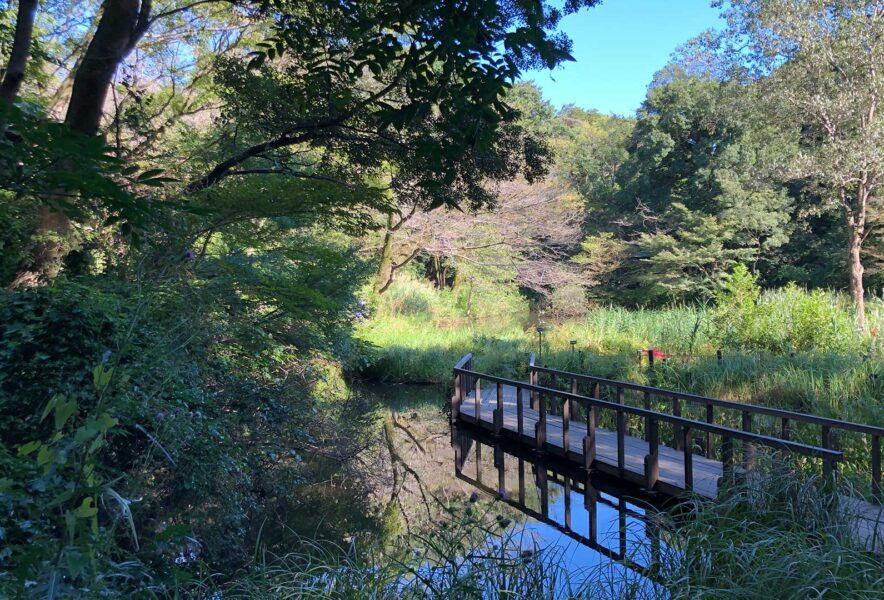In Tokyo, one of the largest cities in the world, there is a miraculous place where unspoiled nature remains.
Located in Shirokanedai, Minato-ku, a 9-minute walk from Meguro Station on the JR Yamanote Line, The Institute for Nature Study offers visitors a taste of nature remaining from the Muromachi Period to the early Edo Period, even in the middle of a large city.
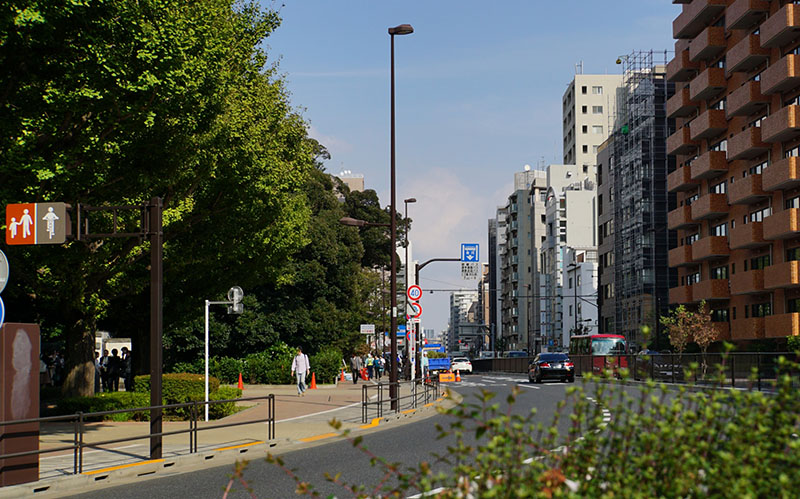
- History of The Institute for Nature Study
- Attractions and Highlights of The Institute for Nature Study
- Focus on learning support activities
- Access to The Institute for Nature Study
- Parking around The Institute for Nature Study
- The Institute for Nature Study Official Website
- Recommended around The Institute for Nature Study
History of The Institute for Nature Study
On the land where The Institute for Nature Study is located, there was a mansion of a wealthy family, the name of which is not certain, during the Muromachi Period to the early Edo Period in the Middle Ages.
In the mid-Edo period, it became the Edo villa of Yorishige Matsudaira, and in the Meiji period (1868-1912), it was placed under the control of the Ministry of the Navy and the Ministry of the Army to reinforce military equipment and became a gun powder depot.After completing its mission as a gunpowder depot in 1913, the land was placed under the jurisdiction of the Imperial Household Ministry as the Shirogane Imperial Estate in 1917.
The land, thus inaccessible to outsiders for a long period of time, was neither disturbed nor developed, and the rich natural environment remained.
In 1949, the entire area was designated as a natural monument and historic site, and in 1962, it became The Institute for Nature Study, which is open to the public.

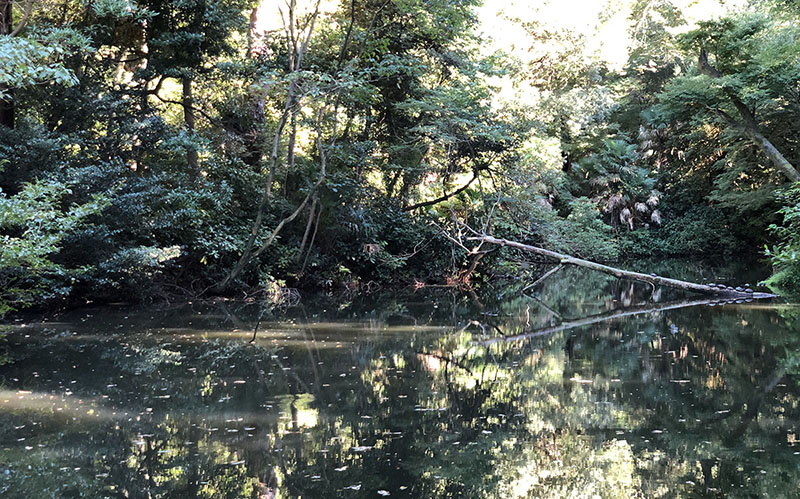
Attractions and Highlights of The Institute for Nature Study
Nature in all its diversity
The Institute for Nature Study is rich in natural diversity.
Within the 20-hectare site, which is about the size of four Tokyo Domes, 1,470 species of plants, 2,130 species of insects, and 130 species of birds can be found, and research studies on trees, plants, and organisms are conducted regularly.
The park is a circular tour that can be completed in an hour and a half to two hours, and the colorful flora and fauna you encounter will make you forget that you are in the heart of the city, making it a true urban oasis.
It is known for its cherry blossoms and maple leaves, which look different in each season and attract many repeat visitors.
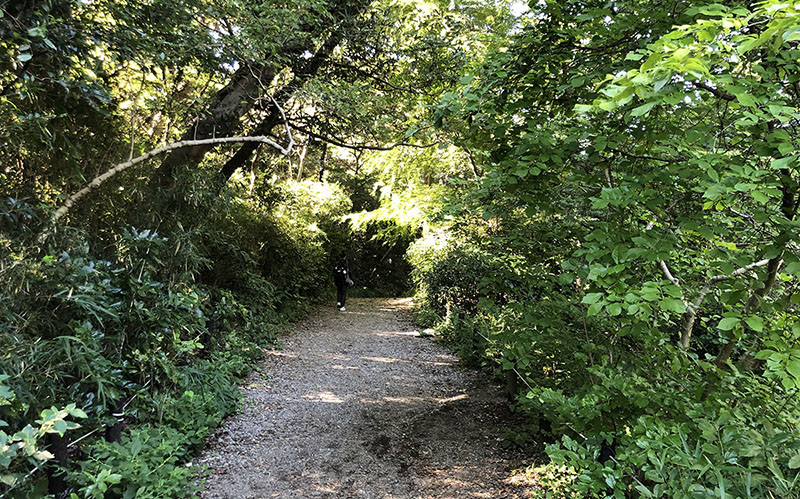
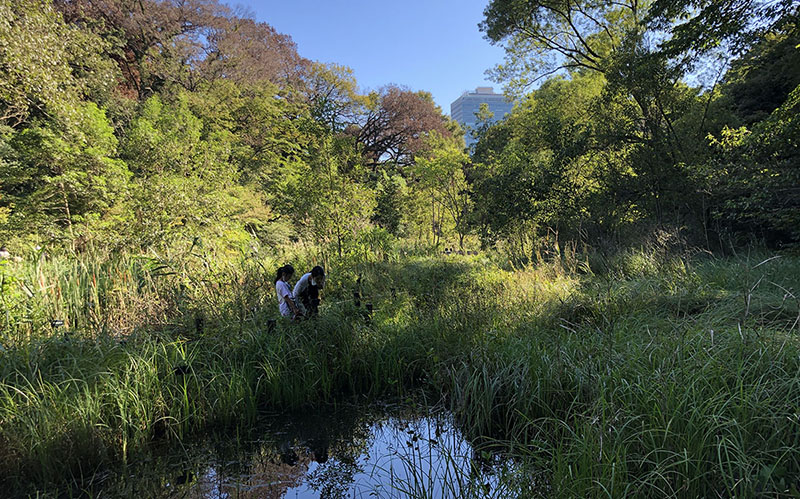
Three botanical garden areas
In the Institute for Nature Study , the 400-year-old giant trees, fresh green and red leaves of maple trees, and streams and wetlands teeming with living creatures are particularly noteworthy.
The park is divided into three gardens: the Aquatic Botanical Garden, the Roadside Botanical Garden, and the Musashino Botanical Garden, each with a different atmosphere.
At the Musashino Botanical Garden, you can see meadows, thickets, and wildflowers such as amana, katakuris, shunyan, and day lilies, as well as birds such as the titmouse.
In the roadside botanical garden, visitors can appreciate wildflowers, such as mountain lilacs and violets, that grow in the wilds of the mountains, as well as living creatures such as the crow swallowtail butterfly.
Finally, the Aquatic Botanical Garden has a different atmosphere, where you can see plants such as Japanese honeysuckle, trumpet honeysuckle, and Japanese water chestnut, which grow in ponds and wetlands, and in the creek you may see fish such as killifish and mottled godwit, and birds such as mallard, blue heron, and kingfisher.
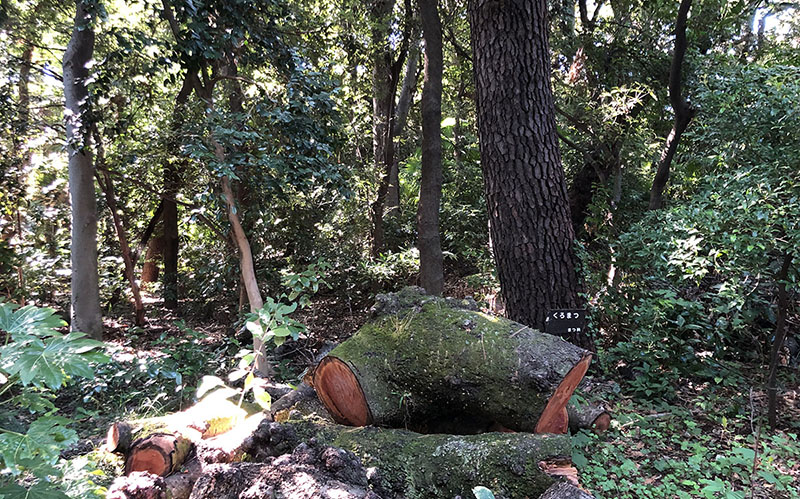
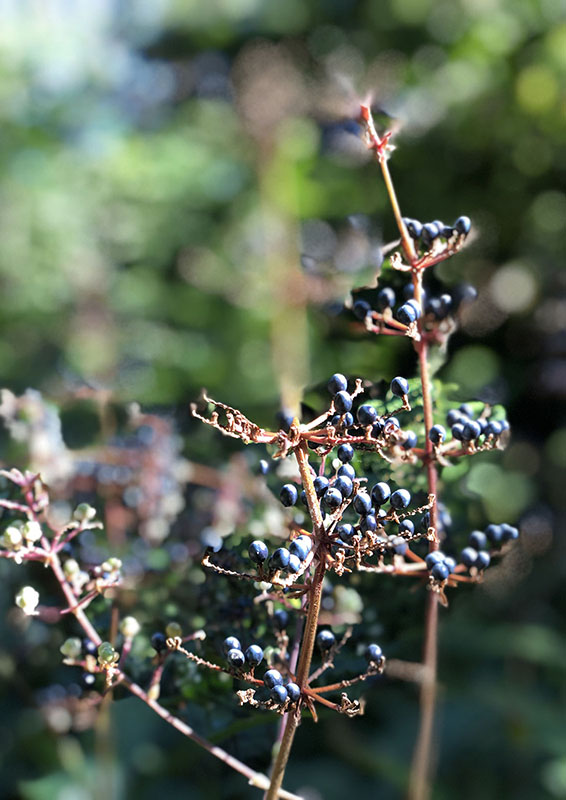
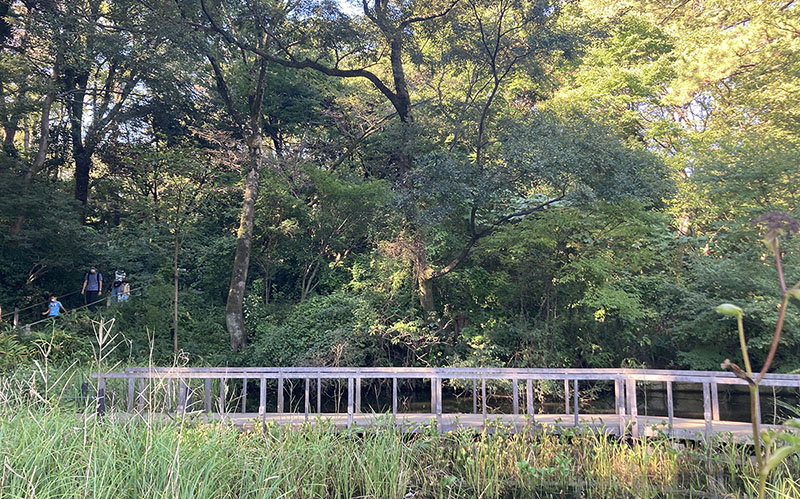
Focus on learning support activities
In an age when people continue to move away from nature, we also focus on learning support activities to help people become more familiar with and understand nature more deeply.
For example, children’s nature classes and Sunday observation events provide valuable opportunities for people to experience and learn about nature, even in Tokyo.
The park also has many mechanisms for learning about nature, such as a hall for special exhibitions.
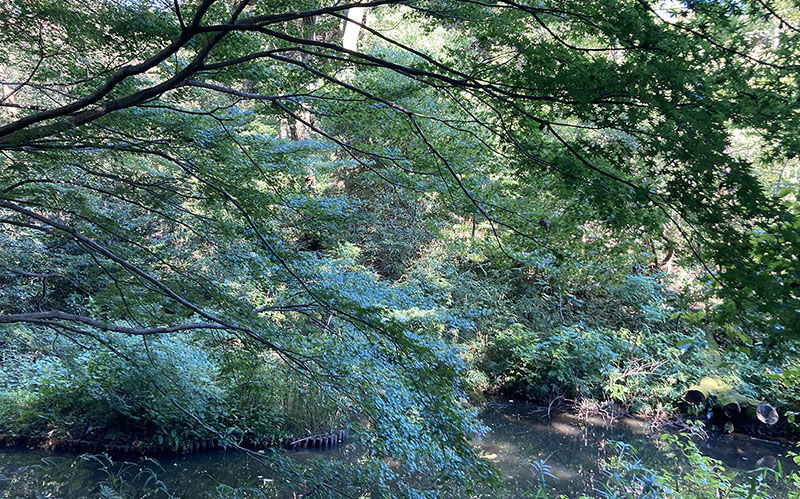
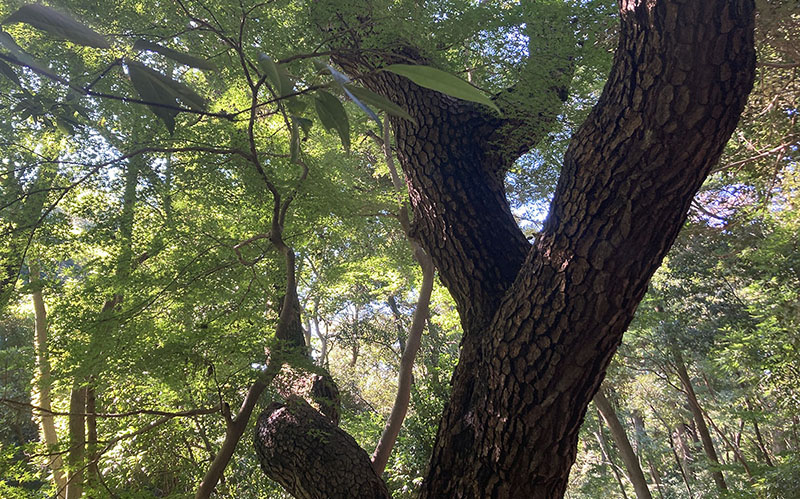
The Institute for Nature Study offers a taste of nature that has remained since medieval times.Encountering the flora and fauna during a one to two hour walk is a very luxurious experience!Enjoy the air of negative ions emitted by the true nature in the midst of the hustle and bustle of the city.
Access to The Institute for Nature Study
5-21-5, Shirokanedai, Minato-ku, Tokyo 108-0071
Tel: +81-(0)3-3441-7176
9 min. walk along Meguro Dori Street from East Exit of JR Yamanote Line “Meguro Station”
9min. walk along Meguro-dori Street from Central Exit of Tokyu Meguro Line “Meguro Station”
7min. walk along Meguro-dori Street from Exit 1 of Tokyo Metro Namboku Line/Toei Mita Line “Shirokanedai Station”
Parking around The Institute for Nature Study
The Institute for Nature Study Official Website
Website: http://www.ins.kahaku.go.jp/english/index.html
